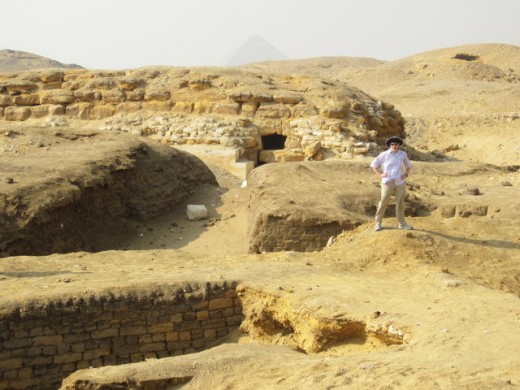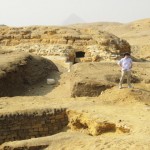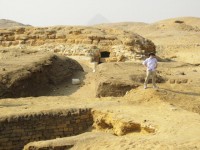the future of Archaeology will not be Digging the rest Up
The 2016 TED Prize winner is reinventing how we discover—and preserve—the previous.
November 23, 2015
Most archaeologists may also be satisfied to find a small handful of essential ancient web sites in their careers. Sarah Parcak, a young professor on the university of Alabama at Birmingham, has already pinpointed hundreds, making her among the many best archaeologist working nowadays.
How is this that you can imagine? She hunts for proof of buried civilizations from the vantage of space. the usage of satellite tv for pc imagery, she can see traces of underground artifacts that no person on the earth may ever spot with out a shovel. In Egypt by myself, the place there are 138 identified pyramids, she’s recognized 17 doable new ones, as well as 1,000 tombs and 3,one hundred unknown settlements. All of this received her this yr’s TED Prize, a $1 million award introduced closing week, together with numerous comparisons to Indiana Jones.
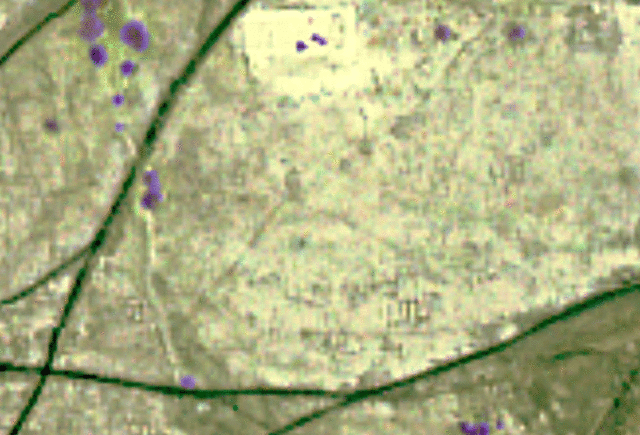
Parcak believes her most necessary discovery has been displaying how so much is left to be finished. “probably the most exciting a part of what I do is understanding the size of what we don’t comprehend. There are simply countless archaeological sites in all places the sector, and some of the essential and highest ways of finding them is the use of digital technology,” she says. “in every single place that my crew and i have appeared, we’ve got found them.”
Parcak, whose grandfather used aerial imagery working in the container of forestry, began exploring the use of satellite data within the early 2000s, simply as it started to come extra on hand and lower price. She was once surprised there was few scientific articles on “house archaeology” up to that point, so she principally wrote the e book for the sector. on account that, her methods have grow to be commonly used. the use of far flung sensing satellites—that are equipped with sensors that become aware of infrared radiation emitted from the Earth’s surface—she can observe anomalies that will indicate unusual buried structures underground. for example, in Egypt, a buried mud brick tomb retains water within the ground differently than the encircling sand—a subtle signature that might convey up in the various surface moisture levels detected with the aid of satellite.
as soon as potential web sites are recognized, after all, they must be demonstrated through people on the ground—so most of her possible websites have yet to be explored. in consequence, she collaborates with many archaeologist everywhere the sector. She describes one recent discovery made in Tunisia: subsequent to a Roman-technology fort from 2,000 years ago, imagery showed one thing bizarre was neighborhood. Upon additional investigation, they encountered dense concentrations of slag—the proof of burning.
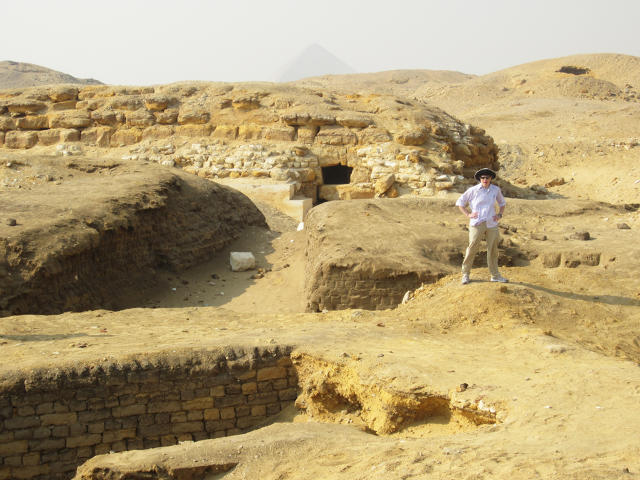
“What we found used to be a massive pottery production middle,” she says. The web site used to be in fact a settled center of alternate, no longer just every other of the typical forts that may have defended the ancient highway in Roman times.
Her most related work lately, sadly, has less to do with finding new sites and extra to do with defending historic treasures which have already been discovered. for the reason that Arab Spring, many essential archaeological sites within the middle East and northerly Africa have been liable to looting—and more not too long ago, ISIS has been actively destroying humanity’s treasures within the areas they keep an eye on. She’s taking part carefully with Egypt’s Ministry of Antiquities to tell authorities when there’s proof of looting: “you will see that the looting pits truly evidently from area.” In Iraq and Syria, after all, there’s so much much less that students can do, even when they’ve the proof.
Parcak sees a trend where the digging—can expose safely buried antiquities to looting and other dangerous turns into much less essential. “expertise is making improvements to. At what point do we zoom in from house and see a tiny pot shard from a web site? i believe we’ll be there in 10 years,” she says.
In 20 or 30 years, she imagines archaeologists may cease excavating solely and send tiny robots to discover underground—-leaving the treasures undisturbed for the benefit of future generations.
In February, at TED’s annual conference, Parcak will announce what she plans to do together with her $1 million prize. She says that funding can be a drop in the bucket to what the sphere desires: “Archaeology holds the entire keys to understanding who we’re and where we come from.”
(18)

